Are the suddenly disruptive screen flashes of the Android screen flickering issue have you on your toes? Before you sweat a bucket, check out our complete guide on how to fix Android screen flickering issue the easy way.
In the olden days when the software was fundamentally basic and hardware wasn’t top-notch, screen flickering issue almost always meant hardware problem.
Now that we carry mini-computers in our pockets in the form of smartphones, the Android screen flickering issue has become far more rampant with plenty of forums filled with worried customers.
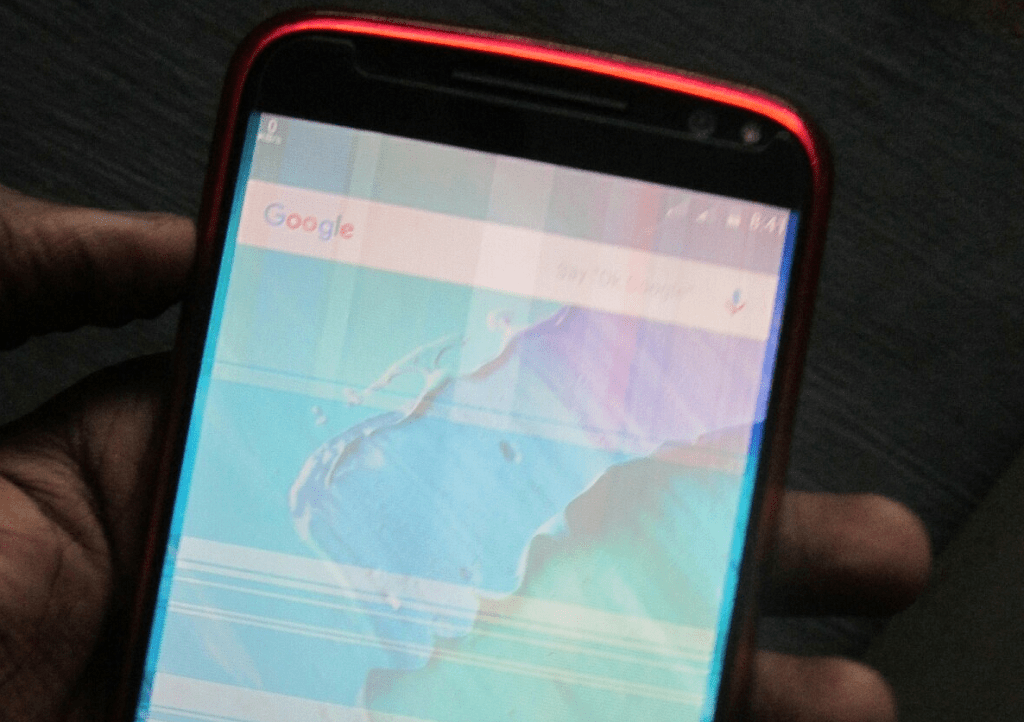
However, the Android screen flickering issue cannot be pointed directly toward the hardware. It may be abnormal behavior in terms of settings and not the phone's hardware.
Don’t panic! It is not a problem with neither your smartphone not the Android OS. On every modern Android with a brightness sensor when the screen is on low brightness, browsing causes the screen to flicker.
If you do encounter this situation, quickly post on our forum to see if you can fix it yourself.
Why is the Android screen flickering issue arising?
One of the main reasons that older devices can have the screen flickering issue is due to a sort of software struggle.
Under normal circumstances, your phone will use the GPU (Graphics Processing Unit) to render images and whatever an app may ask for. However, there are also times when this needs to be done with a CPU (Central Processing Unit) encoder.
And here is where the problems start. If an app can't "decide" between what it needs to use or if it bugs out in general, switching back and forth between CPU and GPU encoding can create this flickering issue while trying to watch a video, playing a game, or anything similar.
But that's only a part of it. The very same issue can come up due to hardware issues. Things like a semi-broken screen connector or anything similar.
So, troubleshooting is quite possibly the toughest part here.
How to fix Android screen flickering issue
If the Android flickering issue came up after some sort of damage to the device and you don't know much about hardware, maybe take the phone to an expert.
However, if the display issue came up thanks to a recent update, out of nowhere, or by installing new apps, maybe we can do something about it. Here are a few fixes that you can try and see if they work.
Method 1: Boot the device in Safe Mode
This is a fail-safe feature built into the Android OS. Safe mode allows you to go back to the stock Android device you got out of the box and test out any abnormalities that you’re facing.
When the Android screen flickering issue pops up, you can put your device into safe mode. Once there, check to see if the issue still persists and then diagnose accordingly.
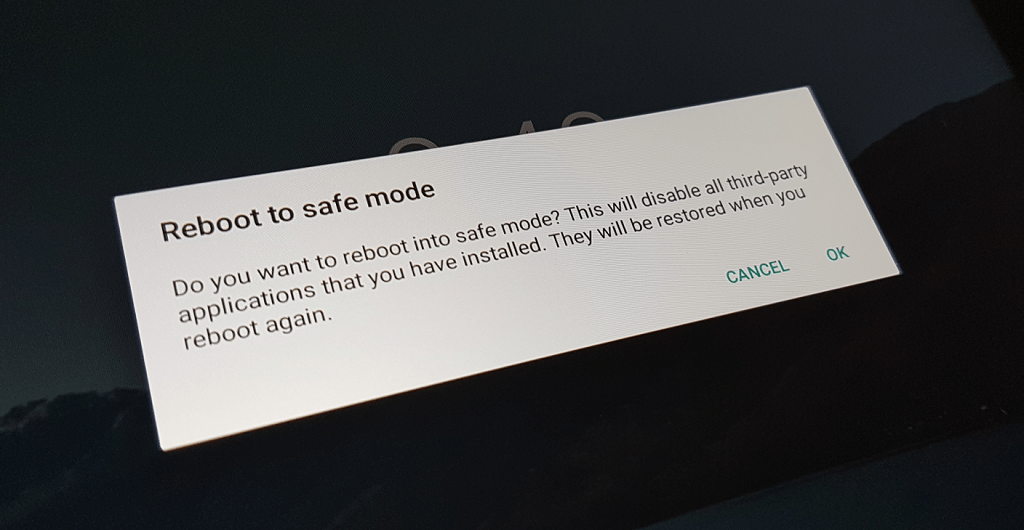
- From the home screen of your Android device, press and hold the Power button until you see the power menu screen pop up.
- On the menu screen, press and hold the Power button icon until you see the safe mode pop-up menu appear on the screen.
- The screen will ask you to confirm if you wish to “Reboot to safe mode”. So, go ahead and press the “OK” button to boot your Android device into safe mode.
- Now that your Android device will boot into safe mode, all the third-party apps that you have installed on your device will be disabled and hidden.
This should leave you with only the stock apps - giving you room to see if the Android screen flickering issue is app-related or connected to the hardware.
Method 2: Modifying the Developer options
Apart from all the awesome hidden features offered by Developer options, there are some options in the menu that can help you fix Android screen flickering.
Developer options give you the ability to disable options such as Show surface updates and Disable HW overlays. This is something that can be associated with Android screen flickering issue by several users.
- If you don’t have Developer options enabled already, do so by heading over to Settings >About phone and tapping 7 times on “Build number”
- The Developer options menu will be added to the bottom of the Settings app, so access it and scroll down to the Drawing
- The first tab under the Drawing section should be Show surface updates, so simply press the toggle switch next to it if the option is already enabled.
- Similarly, use the Developer options menu to find Hardware accelerated rendering section on the screen.
- Under this section, you should be able to find the Disable HW overlays option on the screen.
- Press the toggle switch right next to it to enable to option and set screen composting only to GPU.
Basically, the Android screen flickering issue occurs when the system hardware switches between the CPU and the GPU for displaying content on the screen.
By toggling on the Disable HW overlays option, you can physically eliminate the Android screen flickering issue by putting the display operation under the GPU. Just keep in mind that this may increase power consumption which will effectively shorten your battery life.
The exact impact that this setting will have on your battery can greatly differ from device to device. Some phones use mower power-efficient GPUs. But, generally speaking, the GPU is more power-hungry than a CPU.
Method 3: Disabling Adaptive brightness on your device
The Automatic/Adaptive brightness option means that the brightness of the screen changes depending on how much light there is in the room. So when you cover your phone’s photometric sensors, the screen becomes dark and when they are uncovered, the screen becomes bright again.
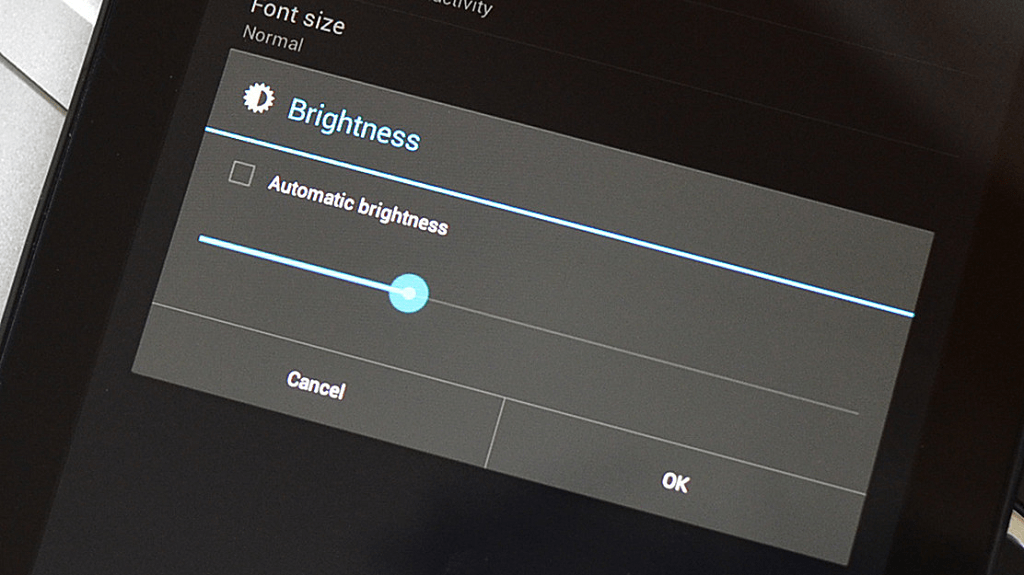
- Go to Settings > Display > Brightness
- Find the option Automatic/Adaptive brightness and deselect it.
Since the screen flickering issue in relation to screen brightness is more transient that instant, this might not be the solution you're after. If none of the above methods work for you, you might need to consider the last resort.
Final resolution – Getting Android screen flickering issue checked out
If none of the methods above helped you get the Android screen flickering issue to be resolved, get your phone checked out at a service center. You may have a hardware issue - which means you’ll need to have the front glass panel or the entire display screen replaced.
The exact cost of fixing hardware damage can greatly differ depending on the device. Also on how old it is, the kind of damage that we're looking at, and also your local store as well.
For example, replacing a faulty display is one thing. Replacing a faulty light sensor or something similar - is another. Some parts are soldered into the motherboard and can't be replaced at all. In which case, you'll be forced to get a new smartphone.
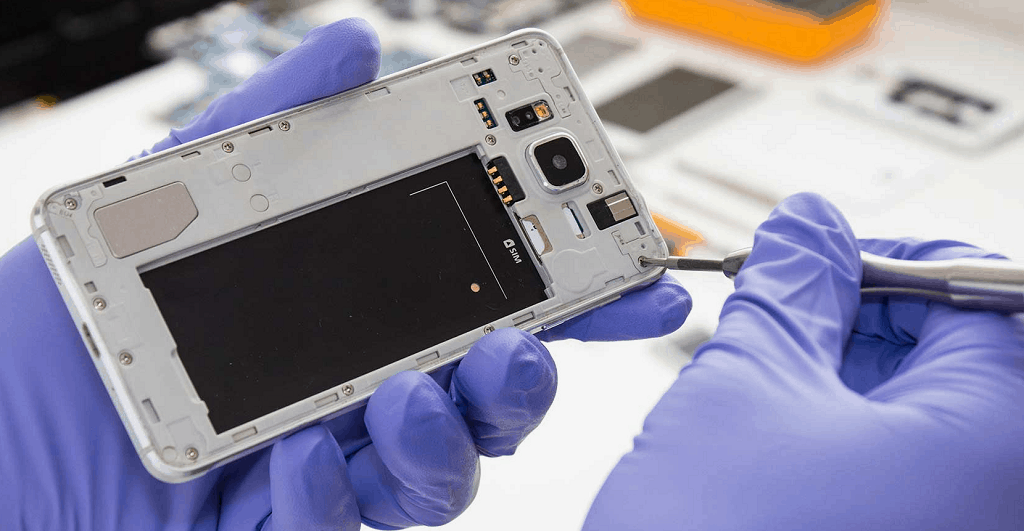
And if the phone is too old anyway, it's probably better to just get a new budget offering. After all, even budget devices nowadays are pretty good.
If your device is out of warranty and you aren't afraid to experiment, you'll find a range of experts on the XDA Developers Forum that have a fix for you. However, these experimental processes need some amount of repairing knowledge and a bit of courage as well, so tread with caution.
How to get files back when screen keeps flashing
You also need to save the device files to avoid them from being accessed when your phone’s screen flashes. Android Data Recovery apps can help in retrieving files on the phone if you aren’t able to touch the screen to operate it.
- After downloading the Android Data Recovery software, open it and click on Android Broken Data Recovery and then select all the files you want to restore
- You will be asked to make some choices on your phone model, the file type, and the fault type so that your data can be retrieved.
- The software analyzes your device.
- The software then starts to retrieve the files, you will be able to see their names displayed, the details in terms of size, artists, album, etc. of the music or format of the pictures.
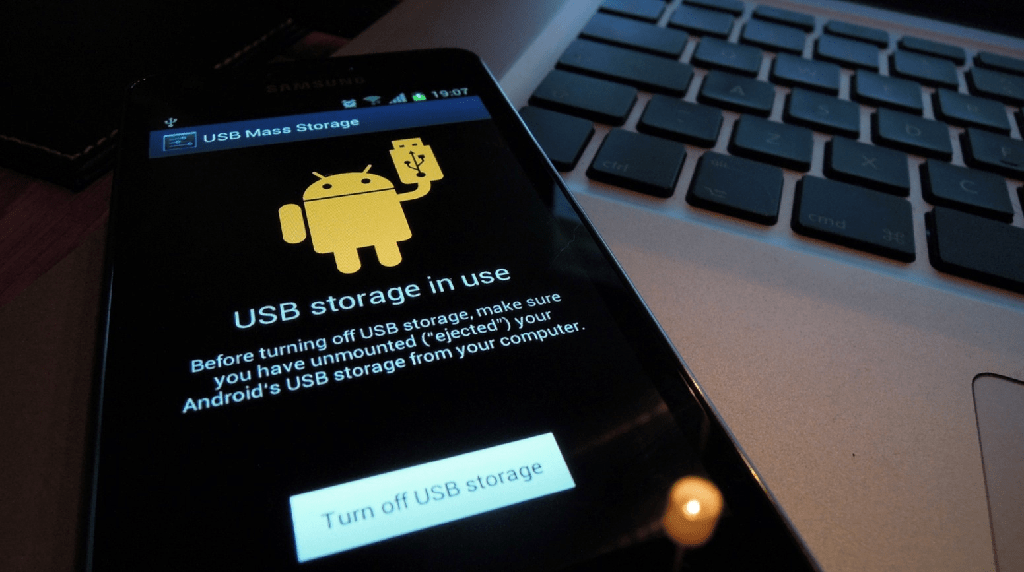
There's more than just one way to backup your Android device, and we want you to be aware of all your options. Be sure to check out our guide on how to backup your Android device so all the options are on the table.
Few things are more frustrating than an Android device when they don’t work, but having an Android screen flickering issue isn’t the end of the world.
Once you rule out the culprit apps, test out the sensors, and hightail it over to your nearest service center if need be, you’ll be back up and running in no time.
In the meantime, you can use the process hoping that Android will release a permanent solution to retrieve data and to get rid of the flashing issue for good. This typical fix for this issue works on most Android devices.
Hopefully, this tutorial will help you solve the flickering and the flashing issues. Feel free to follow us on Facebook for more!
Similar / posts
Phone display randomly flashing? Here’s how to fix Android screen flickering issue
September 13th, 2016
Updated on June 8th, 2020
Phone display randomly flashing? Here’s how to fix Android screen flickering issue
September 13th, 2016
Updated on June 8th, 2020
Phone display randomly flashing? Here’s how to fix Android screen flickering issue
September 13th, 2016
Updated on June 8th, 2020
